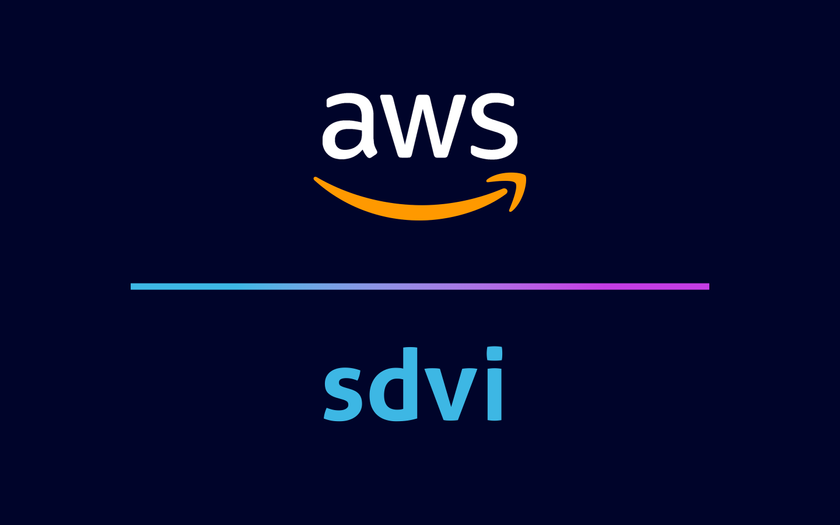Bitmovin: Increase in Streaming Means Increase in Costs
Latest edition of company’s report finds costs replace concerns over complex tech

SAN FRANCISCO—COVID-19 stay-at-home mandates are proving to be a double-edged sword for the streaming and OTT industry, as viewers in droves have turned to these services to keep them entertained but in the process have driven up their costs, according to a new report from a video infrastructure provider serving digital media companies worldwide.
The latest edition of the “Video Developer Report” from Bitmovin revealed the top challenges facing video developers, the state of the video streaming and OTT industry and other key trends. Findings come from the company’s fourth Annual Video Developer Survey.
LOWERING COSTS
According to the report, reducing costs topped the list of challenges facing respondents and replaced concern over complex technology, such as “live low latency,” as the No. 1 challenge identified in the 2019 edition. More than half of respondents identified the cost of items like bandwidth and storage as the greatest challenge—this despite the majority of respondents holding technical roles at their companies.
The results indicate there’s a clear belief in the industry that video streaming services must focus on cost optimization as a means of survival, the report said.
The report noted that although the COVID-19 shelter-in-place requirements propelled growth around the world in subscriptions to video streaming services and hours of content viewed, uncertainty over the global business landscape is resulting in companies scaling back on new projects as a cost control mechanism.
When it comes to the biggest challenges to remaining competitive, the results showed “reducing cost” and “taking services and assets faster to market” topped the list.
LIVE STREAMING AT SCALE
The survey found that while mastering live streaming at scale remains a major challenge, respondents viewed it as the greatest opportunity for innovation. Not even the abbreviated and improvised schedules of some sports leagues due to COVID-19 could discourage respondents from selecting live streaming at scale as the No. 1 item on their list of innovation topics.
Get the TV Tech Newsletter
The professional video industry's #1 source for news, trends and product and tech information. Sign up below.
Respondents also identified innovations by developers in the areas of streaming content “recommendations” and “personalizations” as service providers look for different ways to engage viewers.
CODECS
The report revealed software encoding on premise remains the top location for video encoding. It also found cloud-based encoding is increasing slightly—up three percentage points to 32% when compared to the report’s 2019 findings.
Hardware encoding saw a reversal from last year. In 2019, there was an increase of 5% in the category. This year, it recorded the biggest drop, down 9%. The reason for the decline is unclear. The report offered some possible reasons, such as fewer live events being produced due to COVID-19 and the cost efficiencies of cloud encoding.
This year’s survey asked video developers for the first time about the types of encoders they use. Fifty-one percent reported using a mix of commercial encoders. When it came to open source alternatives, ffmpeg was the encoder of choice, it found.
Choosing a codec to use is driven by business goals. While multicodec use is a reality, adopting and supporting a new codec depends on the business criteria of developers and organizations. Reaching a targeted audience, targeted device or platform as well as supporting 4K and 8K content are among the commonly cited reasons respondents selected a particular codec, the survey found.
When it comes to audio, the study revealed AAC continues to be the dominant audio codec. Offering higher sound quality at the same bitrate, it promises to become the successor to the MP3 format, it found.
With the role sound quality plays in enhancing the viewing experience, Dolby Atmos immersive sound technology is being widely accepted by artists, content creators and developers, and is trending to be widely used in the future. Helping to drive uptake is the effect COVID-19 had on movie theaters, closing many and prompting studios to go straight to on-demand. That in turn enhanced the role of living room and large screen viewing and drove demand for innovation, the report said.
BROWSERS VS. GAME CONSOLES
The survey revealed HTML browsers on devices like PCs and Macs are the top place where developers are focusing their efforts. That’s followed by native iOS and native Android and then Apple TV.
Only 13% are developing for PlayStation 4 and Xbox One, and just 3% are streaming to Nintendo Switch, it found. While game consoles have not caught up with streaming devices, that might change with the launch this fall of PlayStation 5 and Xbox Series S and Series X, the report said.
“In today’s COVID world, there is huge volatility that is accompanied by large demand. The industry players that best recognize the changing technological and financial landscape will be the ones to not only survive, but to thrive,” said Bitmovin CEO Stefan Lederer.
This year’s Bitmovin Annual Video Developer survey was conducted June 29-Aug. 9. Seven-hundred ninety-two of the company’s customers, which include broadcasters, integrators and OTT streaming services, from 87 countries made up the survey sample.
More information is available on the company’s website.
Phil Kurz is a contributing editor to TV Tech. He has written about TV and video technology for more than 30 years and served as editor of three leading industry magazines. He earned a Bachelor of Journalism and a Master’s Degree in Journalism from the University of Missouri-Columbia School of Journalism.










